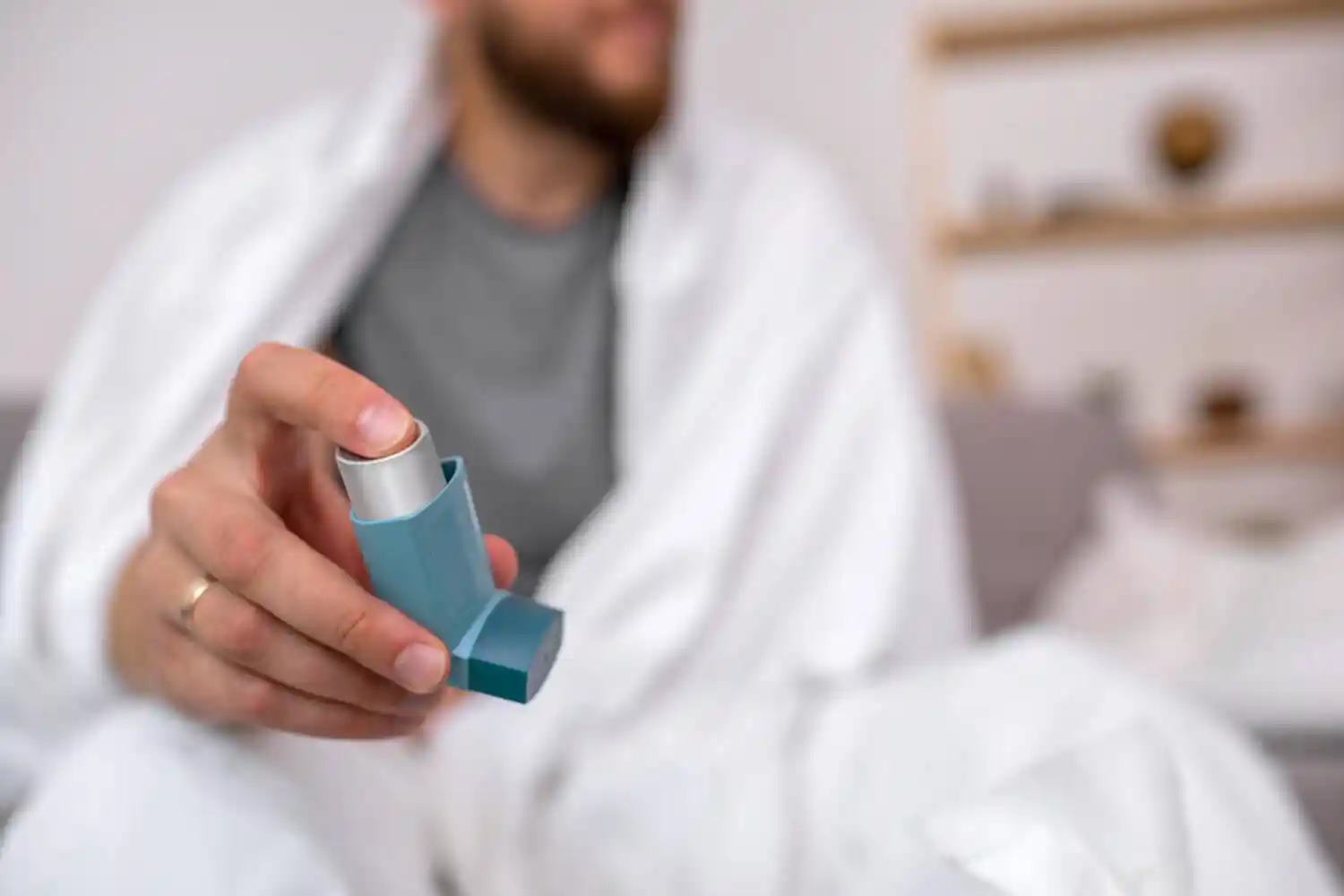
Last updated: 04-01-2023
Asthma is a chronic disease which affects the lungs. Since it is a chronic disease, it does not have a cure yet. Therefore, managing the symptoms is the only way to treat the condition. The primary method of managing asthma symptoms is through the use of inhalers.
Asthma inhalers contain prescription medications that are breathed straight into the lungs to alleviate or prevent asthma symptoms. The prescription medicine in these inhalers varies significantly. For example, some inhalers may contain a steroid medication that decreases airway inflammation, while some may contain bronchodilator medication that opens the airways. Even so, there are a few inhalers that contain both.
So, if you have asthma, it is best to know about your options since there are various asthma inhalers.
Long-Acting Inhalers
Long-acting inhalers are the type of inhalers one needs to use daily, even if the symptoms do not occur regularly. Simply put, medications in long-acting inhalers prevent asthma symptoms on a regular basis. They are frequently defined as controllers. Such inhalers work by neutralising the underlying causes of asthma.
You could say that the benefit of long-acting inhalers is that they are not primarily used to treat asthma attacks but rather help prevent the occurrence of asthma attacks in general. Asthma symptoms are more likely to occur if you do not use them regularly.
Types of Long-Acting Inhalers
There are three types of long-acting inhalers typically used for people with asthma:
Steroid Inhalers
One of the commonly used long-acting inhalers is the steroid inhaler. Since the inhaler contains corticosteroids (steroids), it targets inflammation which contributes to asthma symptoms by constricting the airways.
As we all know, asthma attacks often happen when inhaled particles or infections trigger excessive inflammation combined with spasms in the larger airways, referred to as the bronchi. Thus, the inhalation of a steroid on a regular basis can prevent acute inflammation entirely.
Bronchodilator Inhalers
There are some asthma controller inhalers which contain a long-acting bronchodilator. The key benefit of these types of inhalers is that this type of drug widens the airways for more than 12 hours. This allows one to breathe without any symptoms.
Combination Inhalers
Combination inhalers contain both a steroid and a bronchodilator. Using a single combination inhaler may reduce hospitalisations for asthma attacks and avoid the hassle of using multiple inhalers.
Short-Acting Inhalers
As the name suggests, short-acting inhalers are for asthma attacks that only occur due to external factors like allergens. These types of inhalers are also known as rescue inhalers. In addition, they are categorised as a bronchodilator that contains drugs known as short-acting beta-agonists (SABAs). Since SABAs counteract the narrowing of the airways at a rapid pace, they are supposed to be used as soon as one experiences an asthma attack.
Common Types of Inhaler Devices
While there are different purposes for inhalers, there is a significant difference between the inhalers devices, too. As a matter of fact, various types of inhaled asthma medications are available in different forms. For example, while some inhaled asthma medications may be available in the form of powder, some can be inhaled as a spray or mist.
It is essential to learn how to use the different inhalers as it ensures that you are getting the proper medication as well as the right amount of medication with each dose.
Moreover, as of right now, there are only four types of inhalers often used for the treatment of asthma:
Metered-Dose Inhalers (MDIs)
Metered-dose inhalers (MDIs) are canisters with mouthpieces that deliver the medication to the lungs through pressure. The medicine dissolves in a chemical called hydrofluoroalkane (HFA), which presents as a propellant.
Now, each of these doses contains a precise amount of medication. As a result, MDIs require a high degree of hand-breath coordination in order to have the most effective treatment. This is one of the only disadvantages of this particular device.
Dry Powder Inhalers (DPIs)
Another commonly used type of inhaler device is the dry powder inhaler (DPIs). These overcome the problems of the hand-breath coordination that the MDIs present. In order to counter that problem, the device delivers a specific amount of the powdered medication you need to inhale from a chamber that is already preloaded.
It is perfect for people who lack inhaling strength, such as those suffering from COPD.
Soft Mist Inhalers (SMIs)
These are handheld devices that create a gentle mist. This mist lasts for a long time and delivers more medication particles than an HFA propellant. Moreover, it is considered ideal for people who have limited inhaling strength. However, the device demands a little hand-breath coordination though. A person can easily use Soft mist inhalers (SMIs) with a mouthpiece or a face mask for children.
Nebulisers
Lastly, nebulisers function similarly to soft mist inhalers. A nebuliser is a small machine that turns asthma liquid medicine into a mist. The medicine goes directly into the lungs as the individual inhales slowly for about 10 to 15 minutes. The device functions wonderfully and is mainly for younger children or older adults who lack hand-breath coordination or inhaling strength.